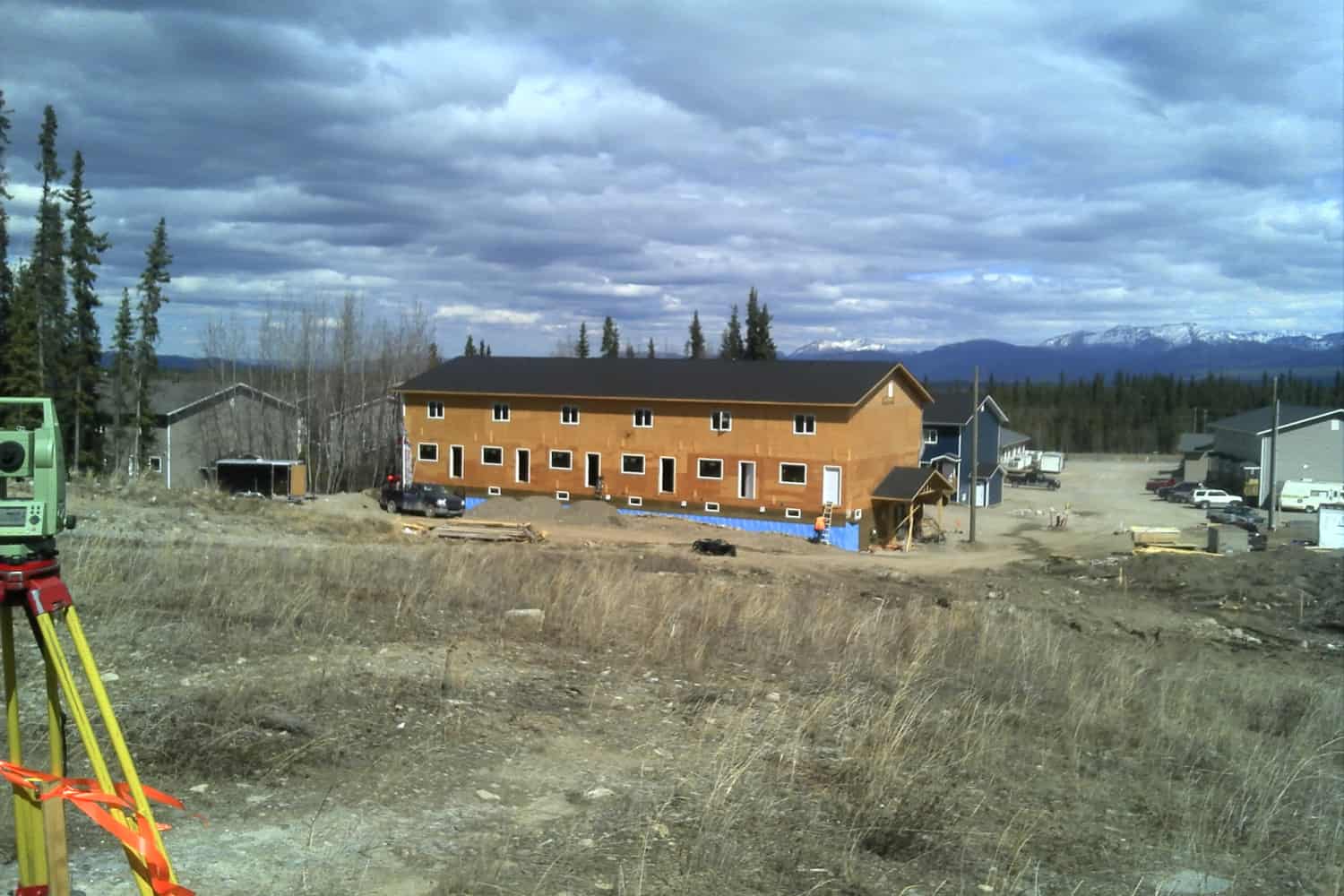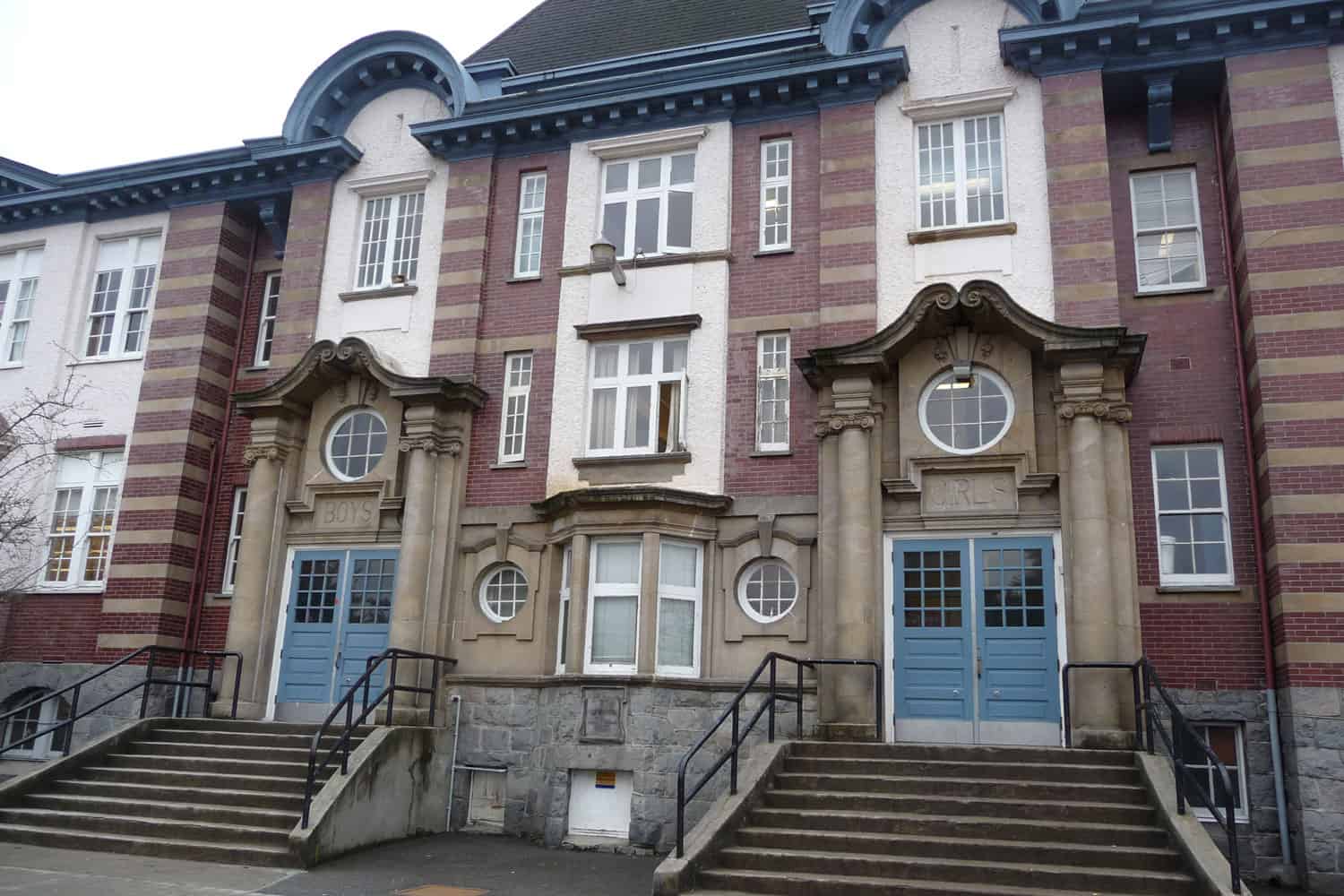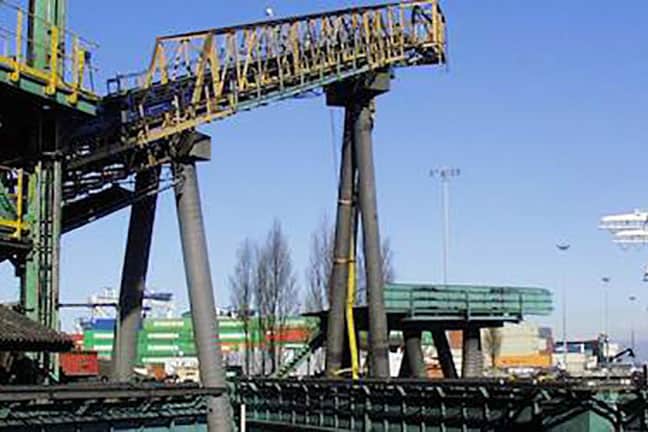
BC Rail Tumbler Ridge Branch Line
Date
1980-1983
Services & Technologies
CAD & Digital Modeling, Cadastral - Legal Land Surveying, Construction Surveying, Tumbler RidgeAbout This Project
Underhill was the consulting surveyors for the building of 140 km of railway through the Rocky Mountains approximately 250 km north east of Prince George, BC. This project, part of BC’s Northeast Coal Development plan, was spread over a three-year period commencing in 1980. Initially, Underhill was involved in the location of the railway centreline prior to the clearing of the right-of-way. This initial work allowed Underhill the opportunity to supply survey crews during the construction phase of the grade. This work was through some of the steepest terrain along the route. It involved upwards of seven survey crews for the 12 km of railway grade leading into the Table River Tunnel west portal. This section was supervised by the late Rob Harvey. Carl Friesen managed all of the office computations for volumes and progress payments. Computations were done on HP-41CV calculators.
At the same time, Ivan J. Royan, QLS, BCLS, was in charge of four tunnels, fifteen bridges and eight kilometres of grade. Underhill established a surface control network across two mountain ranges to control the construction of two tunnels (the 9.6 km Table Tunnel and the 5.6 km Wolverine Tunnel).
This surface control was carried out using Kern DKM3 0.5″ theodolites and EDM’s. Due to terrain conditions which prohibited the running of conventional levels between tunnel portals, elevations at the portals were determined by simultaneous reciprocal vertical angles. All data were reduced using rigorous mathematical methods during the process of deriving coordinates for the control stations around the proposed portals. Least-squares adjustment of the network was done by the Province on its mainframe computer.
Underhill controlled all phases of the portal excavations and the driving of the four headings. The underground traverses were run on three separate occasions. Breakthrough error on the Wolverine Tunnel (5.5 km) was 50mm lateral and 50mm vertical. Breakthrough error on the Table Tunnel (9.7 km)was 87mm lateral and 37 mm vertical. During the project, survey control was provided for the construction of fifteen bridges across various rivers and creeks crossings along the route. The project included initial mapping, route location, centreline layout, construction layout, tunnel and bridge layout, and electrification of the line.
For quality control, BC Rail brought in George B. Miller, BCLS, to perform check surveys. Mr. Miller did an open-ended precise traverse to check the surface triangulation-trilateration network and traversed the first 500 m of the tunnels (which was as far as they had blasted at the time). He also brought in one of the earliest Gyromat gyrotheodolites, along with its inventors from Germany, for azimuth checks in the tunnels. The results of the Gyro readings were unfortunately inconsistent. This could be the first application of a Gyromat in Canada.
In 1987, Carl Friesen prepared a report of the pre-analysis and adjustment of the BC Rail tunnel control network for his undergraduate thesis at the University of Calgary. He observed that that the accuracies achieved in the original surveys were substantially better than what the pre-analysis predicted. He concluded that the published standard deviations for the instruments used were pessimistic, and that accuracies achievable by seasoned observers were clearly much better than would be predicted.






















